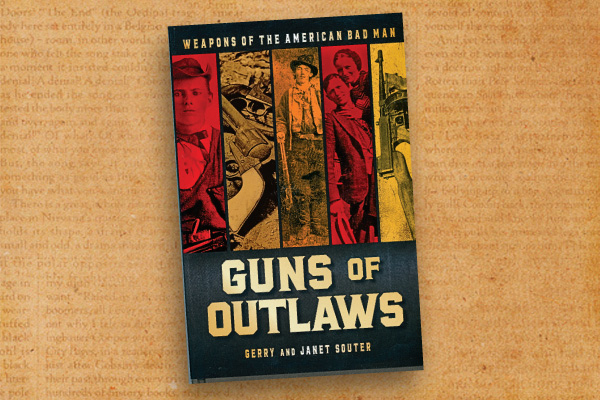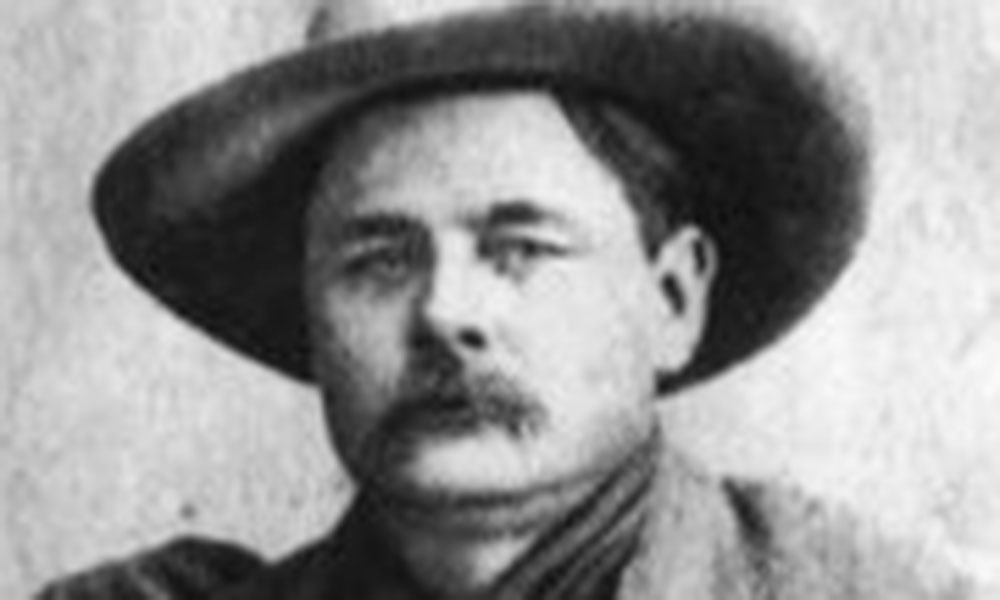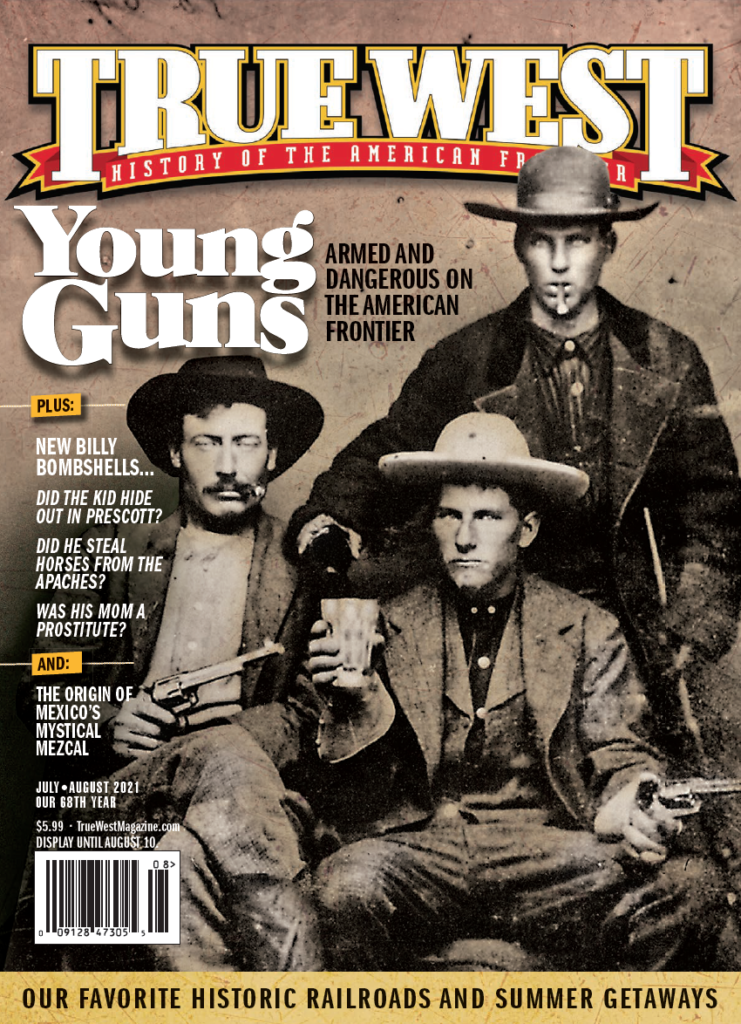Armed and Dangerous on the American Frontier
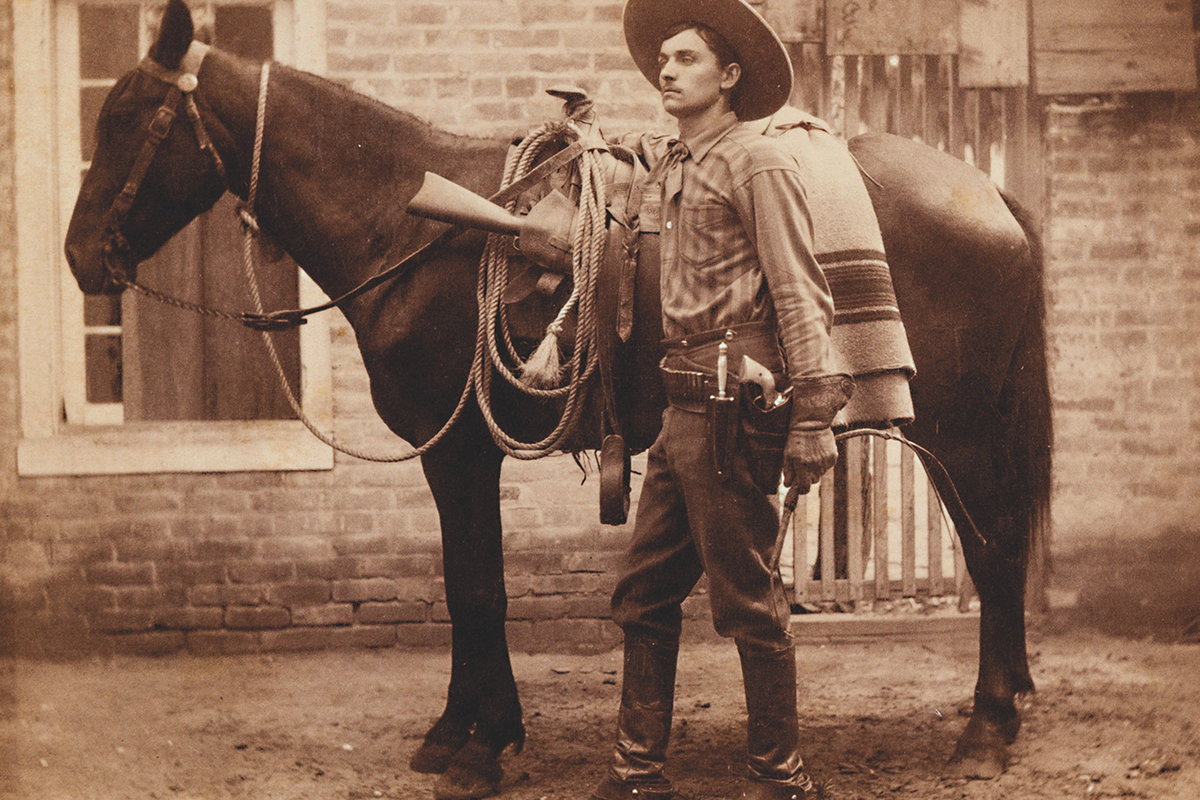
Well-heeled and well-armed Private Frank L. Schmid joined the Texas Rangers in 1886 and was in Ranger Company D when he was shot in the line of duty on August 16, 1889. Unfortunately, he never fully recovered and died from complications from his wounds on June 17, 1893.
True West Archives
One-hundred and forty years ago, on July 14, 1881, Pat Garrett shot and killed Billy the Kid in Pete Maxwell’s bedroom at Fort Sumner, New Mexico Territory. A little more than three months later, on October 26, Doc Holliday joined Virgil, Morgan and Wyatt Earp behind the O.K. Corral in Tombstone, Arizona Territory, and shot down Billy Clanton and Tom and Frank McLaury. In both legendary cases, young, hot-blooded, well-armed men found themselves on the unenviable wrong end of the gun and the “don’t back down, stand and fight” Code of the American West.
But were these feuds emblematic of the day-to-day violence across the West in the frontier era of 1850 to 1920, a 70-year era that Western historian Richard Maxwell Brown calls “a period in which the violence of the region was not only heavy but destined to become an enduring aspect of the national mythology?” What cannot be debated, is that it was an era when men—and some women—went West well-armed and ready to fight for their honor and their cause. Little did those “young guns” know that their youthful bravado and day-to-day code of honor would become ingrained in our national history and mythology.
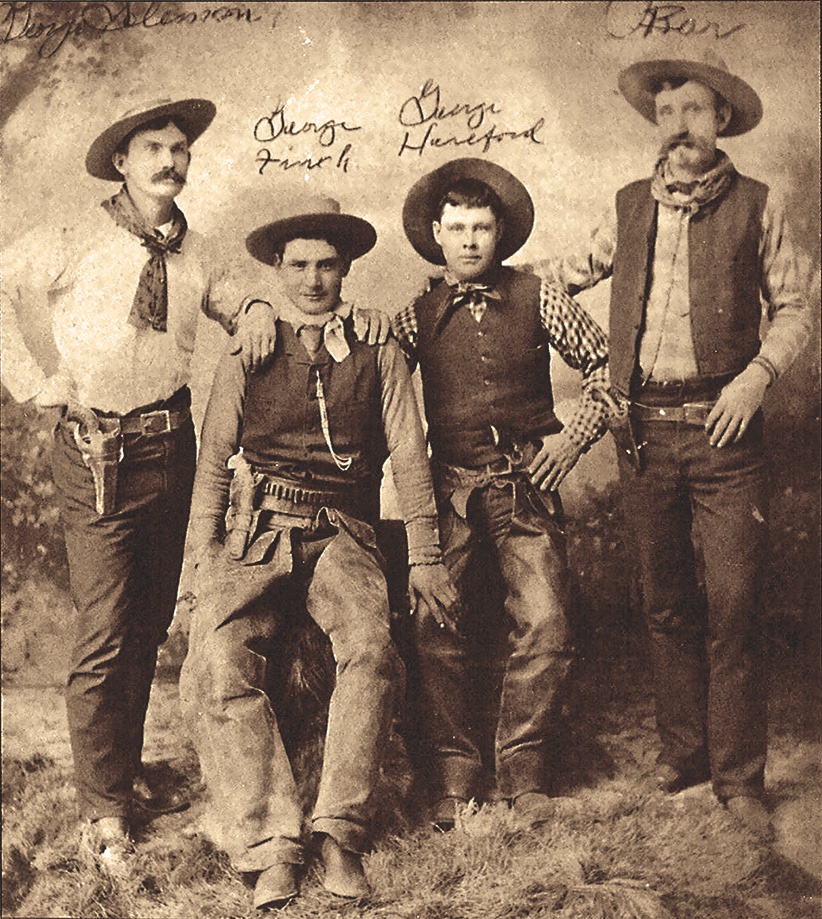
After the Civil War, thousands of young men went West in search of work, opportunity and their fortunes. Many found work as well-armed cowboys on Texas cattle drives and ranches across the Western United States.
True West Archives
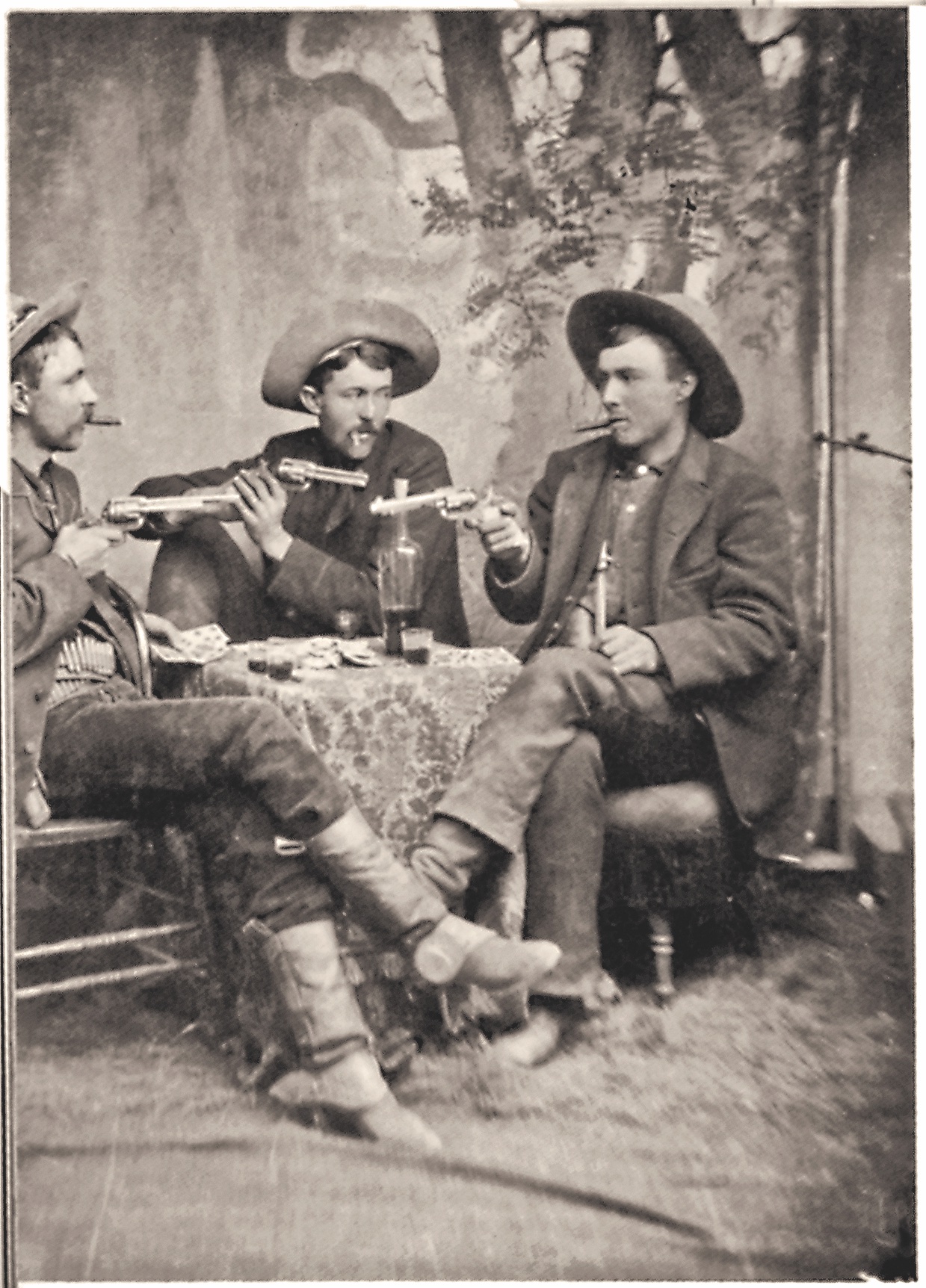
Smoking, drinking, gambling and pointing pistols at each other seems to be the way these three New Mexico cowboys had fun. The photo, taken in 1882, offers a good example of the kind of men who fought in the Lincoln County War.
Photo by Joseph E. Smith, Courtesy Museum of New Mexico
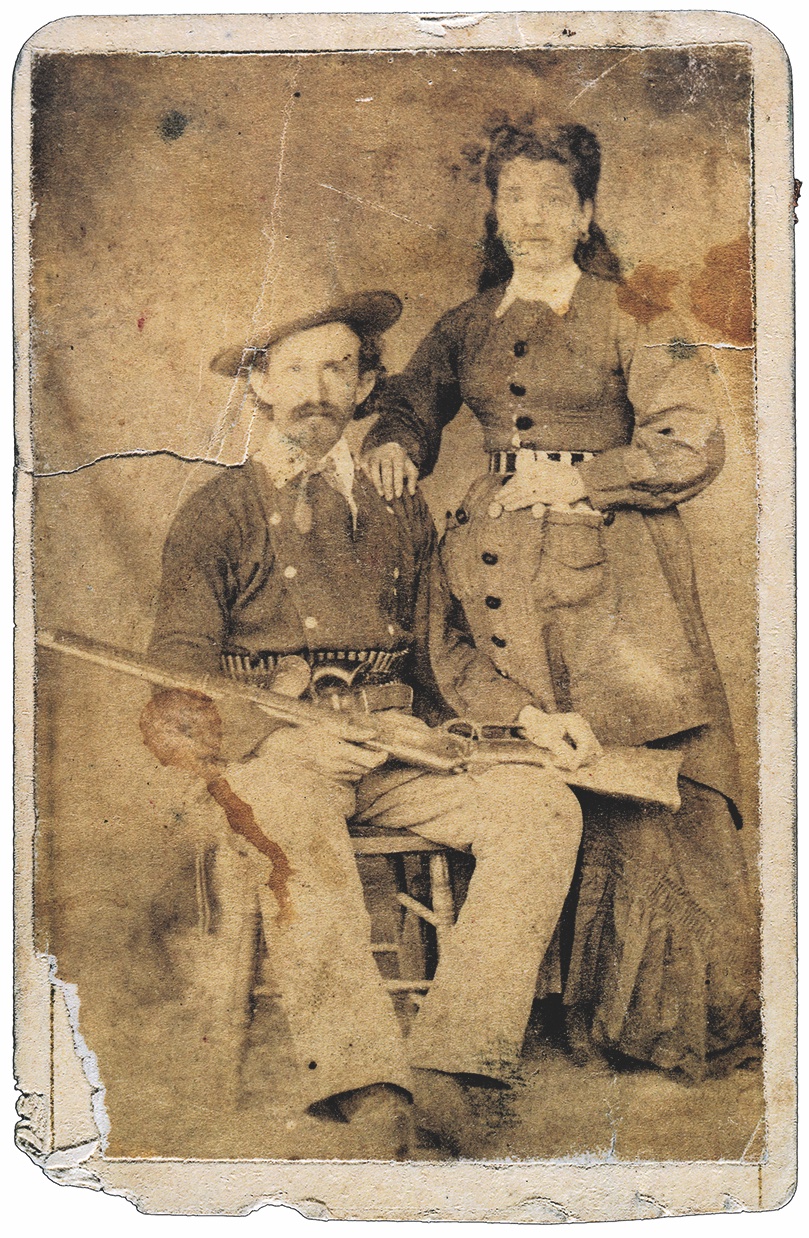
Taken in 1880 by Furlong of Las Vegas, New Mexico, this carte de visite was taken off Charlie Bowdre’s body by Pat Garrett (note the bloodstains). Charlie was about 32 at the time of his death.
Courtesy True West Archives
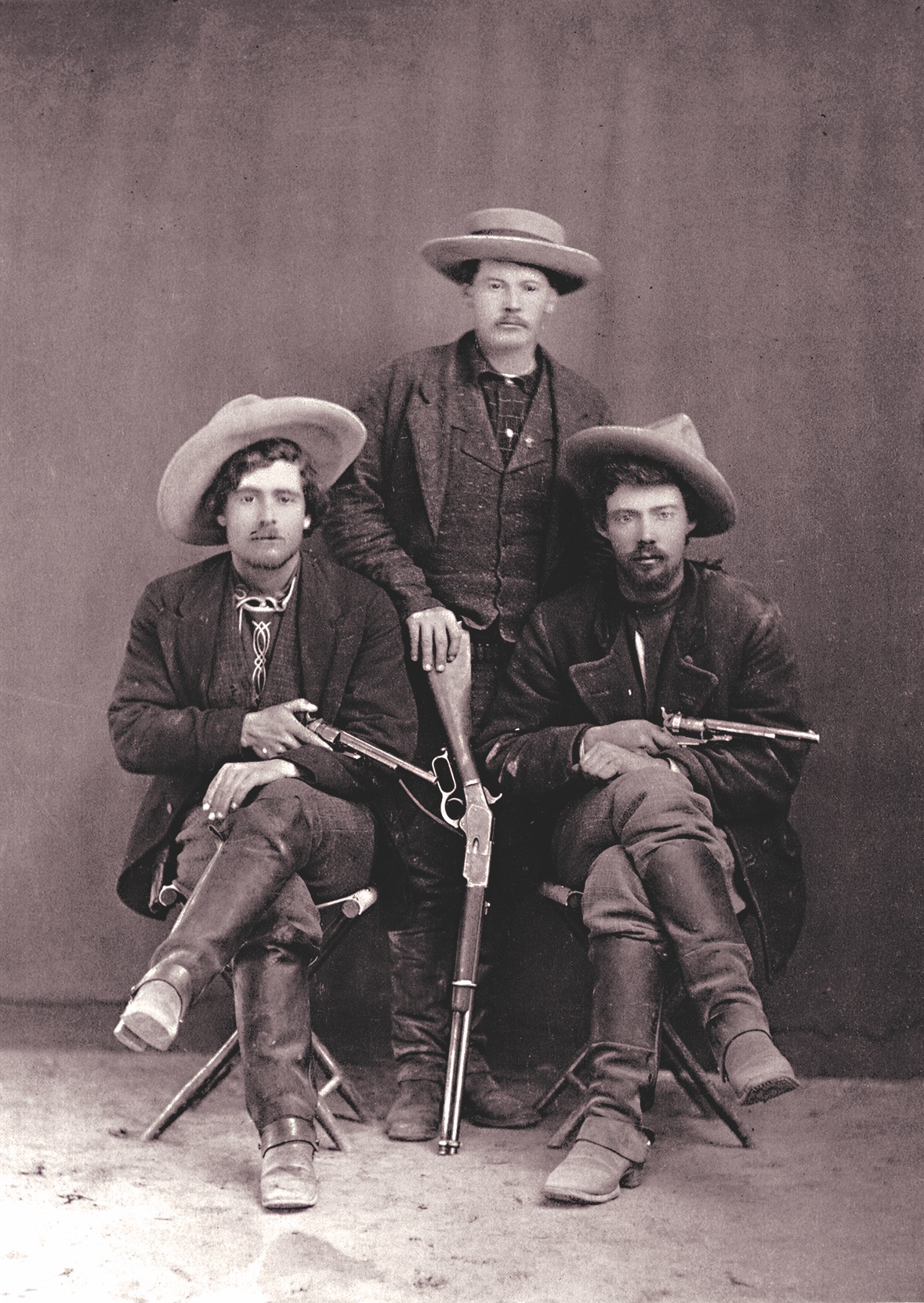
John Kinney (center), a former cavalry sergeant, had a ranch a mile or two west of Mesilla that was well known as the “headquarters and rendezvous for all the evildoers in the country.” He eventually rode for the Dolan side in the Lincoln County War.
Courtesy True West Archives
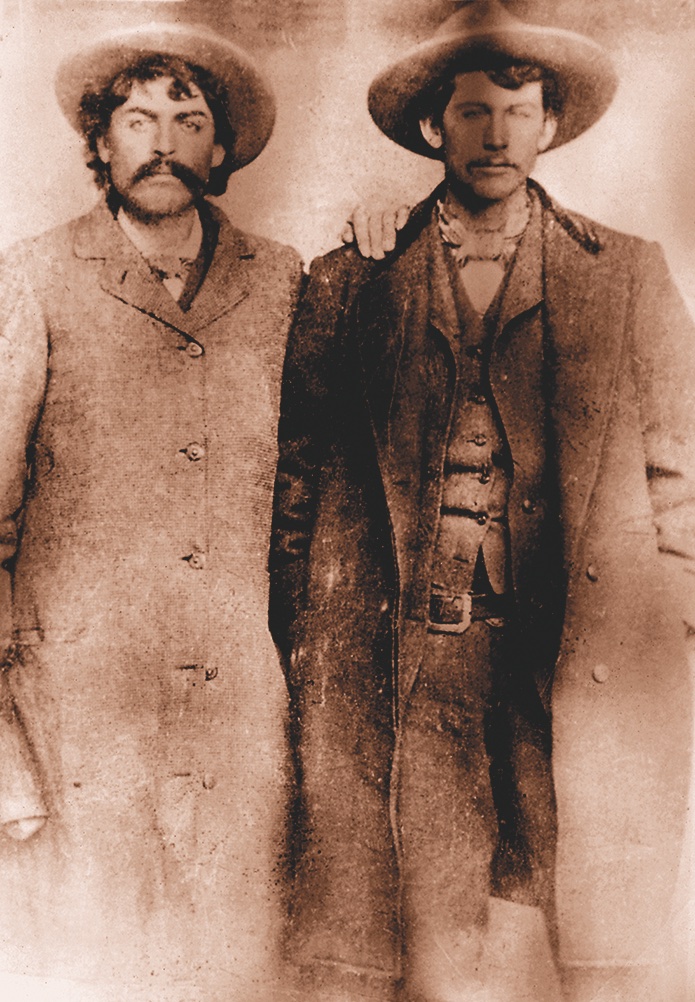
Regulators Fred Waite (left) and Henry Brown (right) were warriors who ended up riding with Billy Kid and his gang after the war.
Courtesy True West Archives
“That insurance business was what started it all, and then they all wanted to kill somebody. Every son-of-a-bitch over there wanted to kill somebody.”
—William “Billy” Wier, Lincoln County cowboy
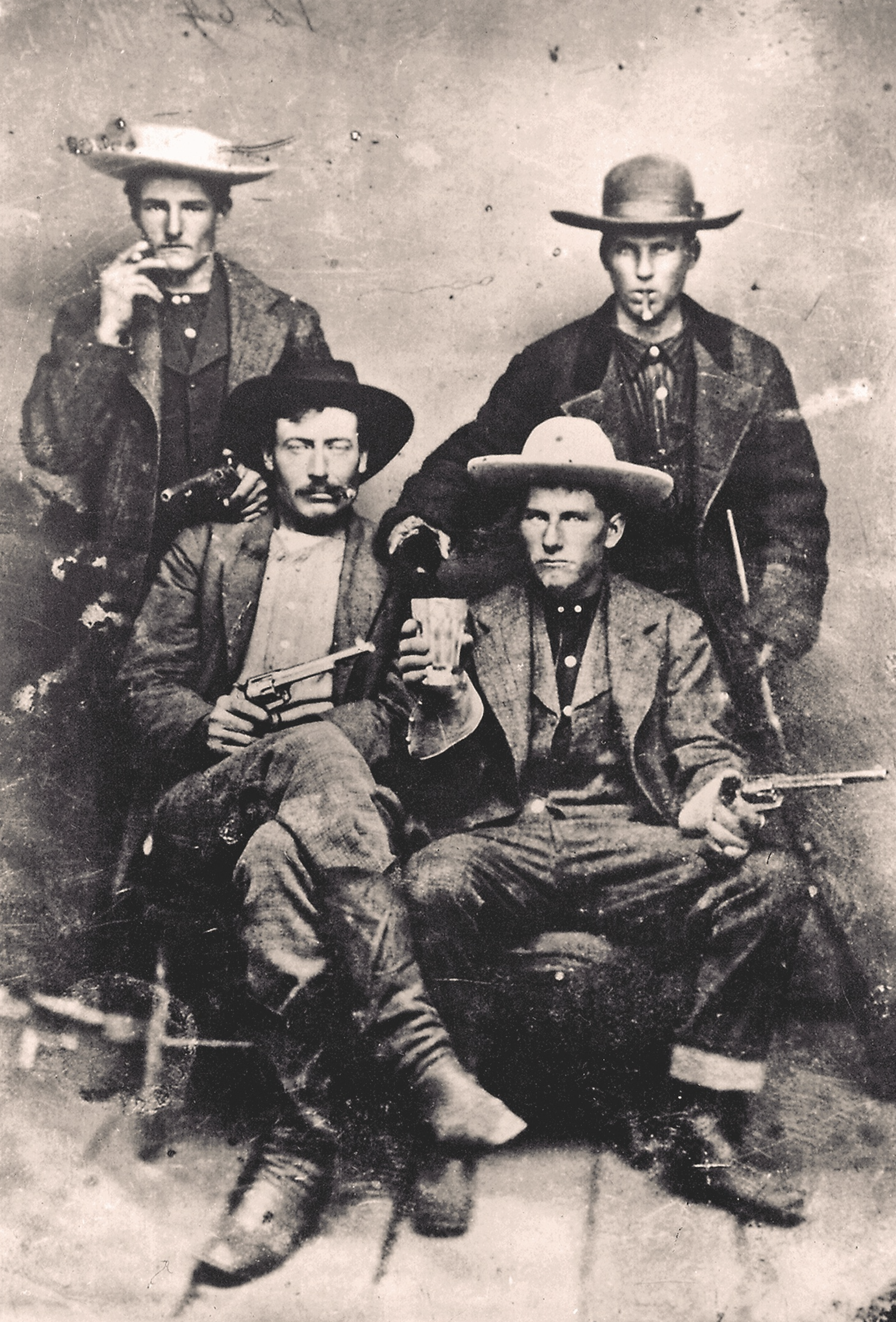
Drunk and armed sums up the rank and file of the warriors who fought on both sides of the Lincoln County War. Experts cannot agree on the identity of this foursome.
-Mullin Collection, Haley History Center
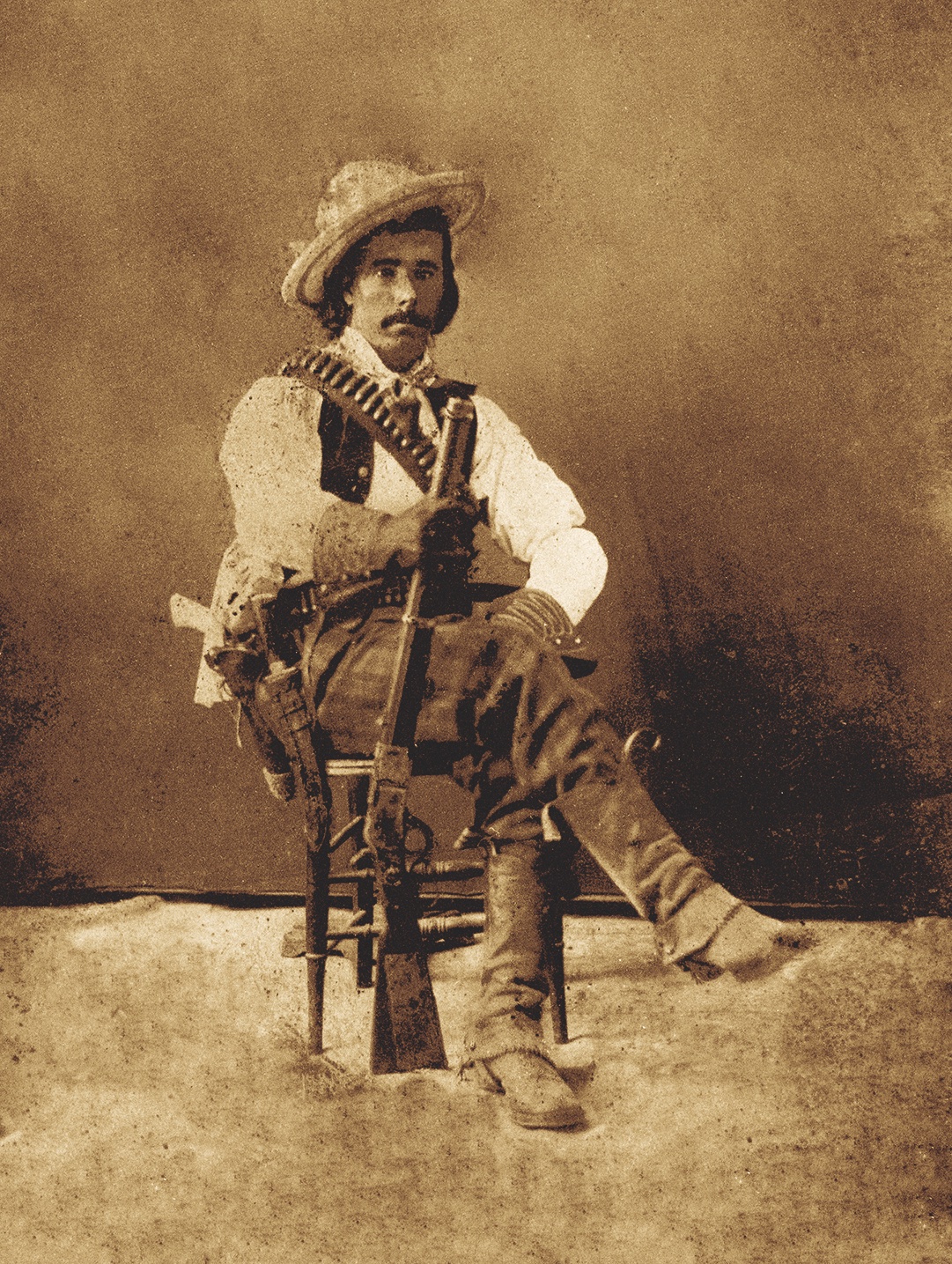
A cowboy in the employ of Arizona cattle baron Henry Clay Hooker, Gus was a gunman who became a violent member of Selman’s Scouts in the Lincoln County War.
Courtesy True West Archives
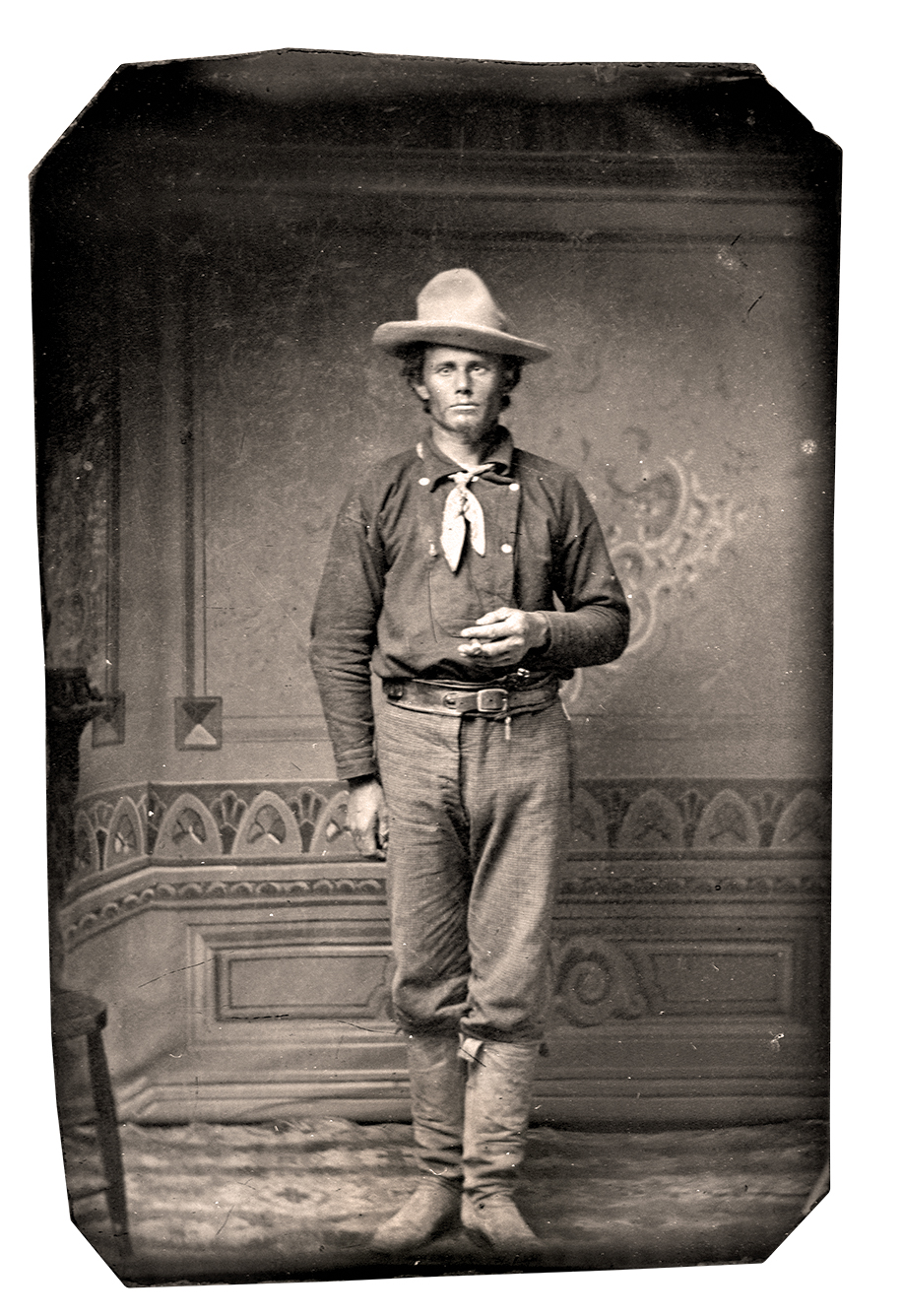
Dan Dedrick, 31, was a close ally of the Kid. Dedrick always claimed he took part in the McSween fight and carried a .44 slug in his left elbow to prove it, but his name doesn’t appear in the many accounts of the fight. Dan later owned Chisum’s old ranch on the Bosque Grande, where the Kid and his outlaw cohorts often congregated. Dan’s brothers, Sam and Mose, ran a livery stable in White Oaks where Billy often disposed of stolen livestock. Significantly, the Kid gave Dedrick one of the tintype photographs he had taken in Fort Sumner.
Courtesy True West Archives
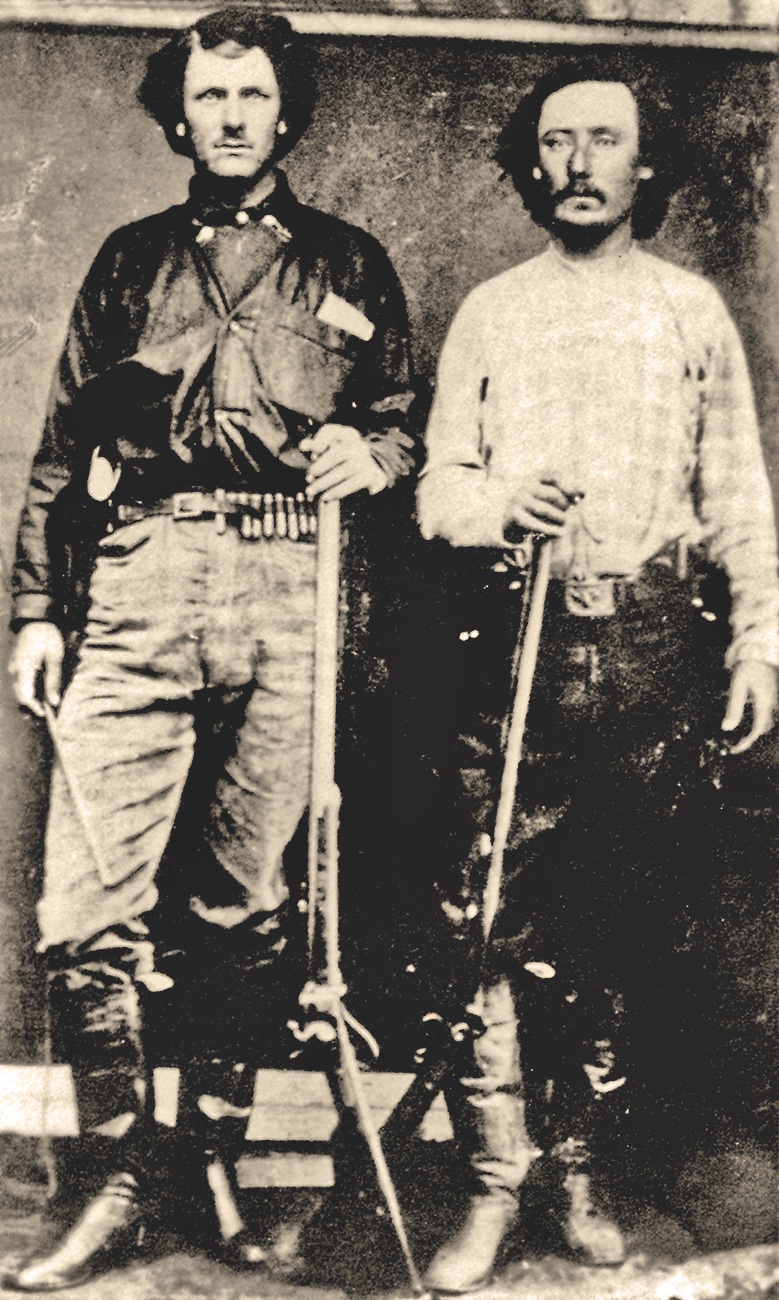
True West Archives
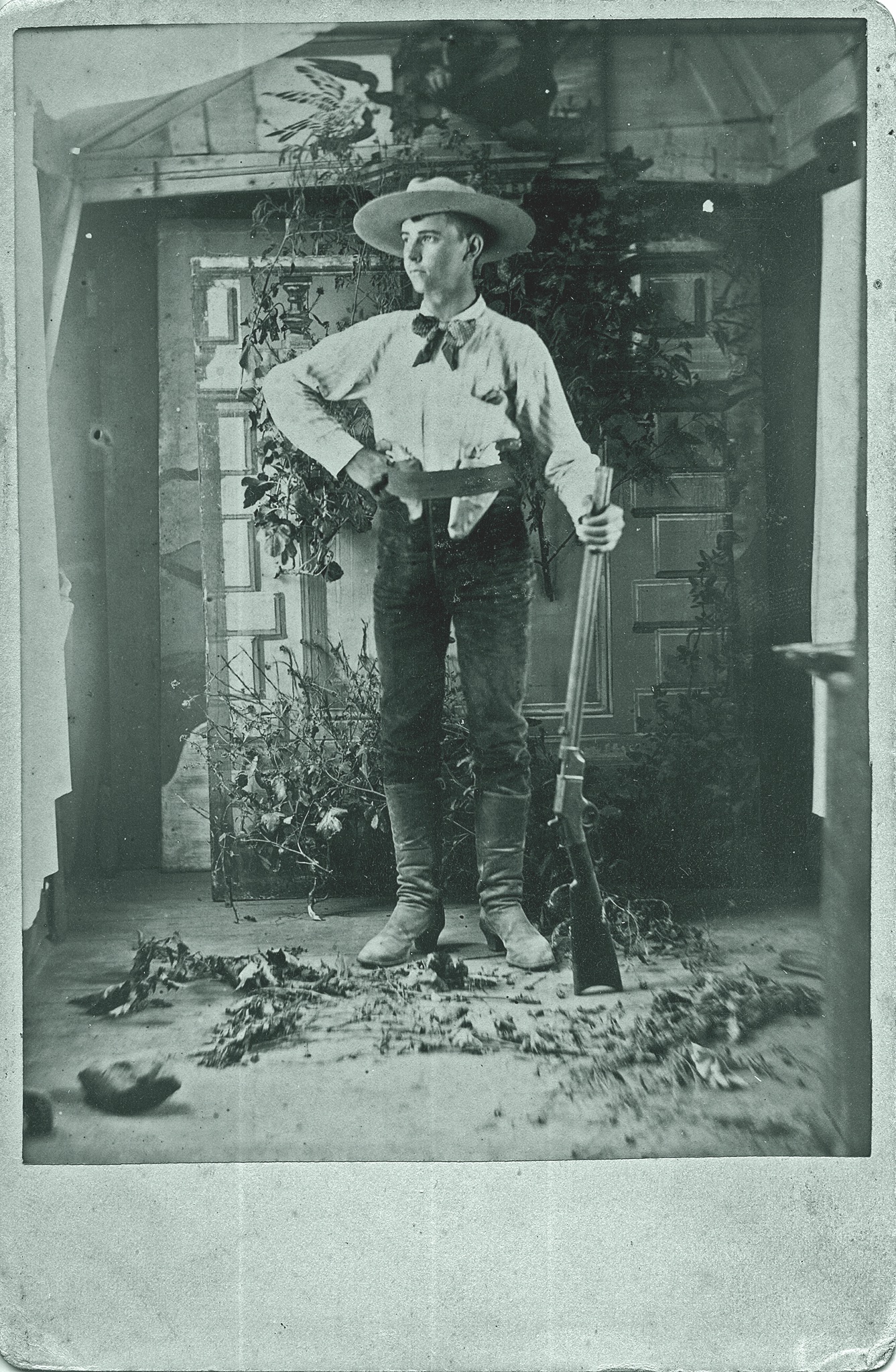
True West Archives
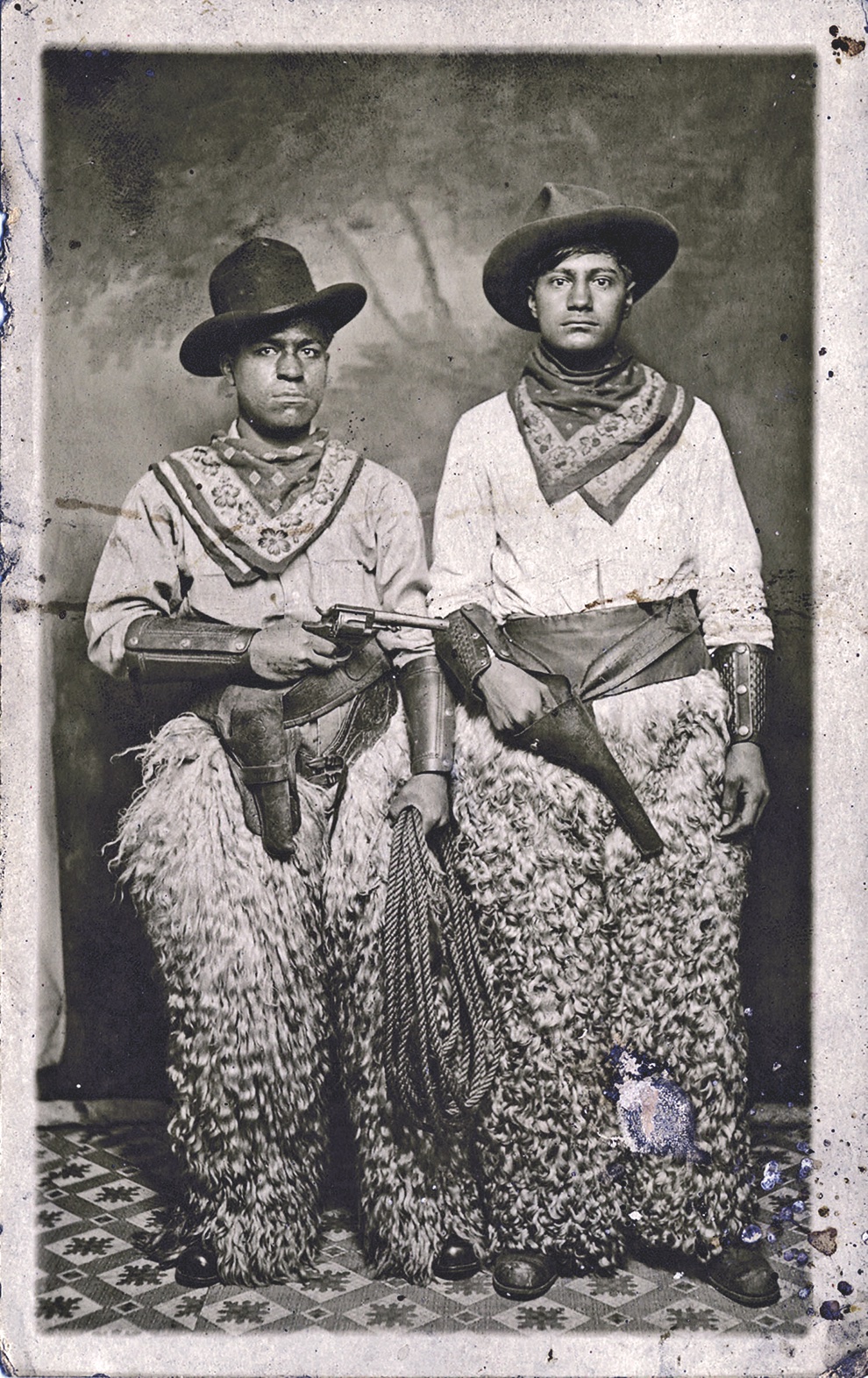
True West Archives
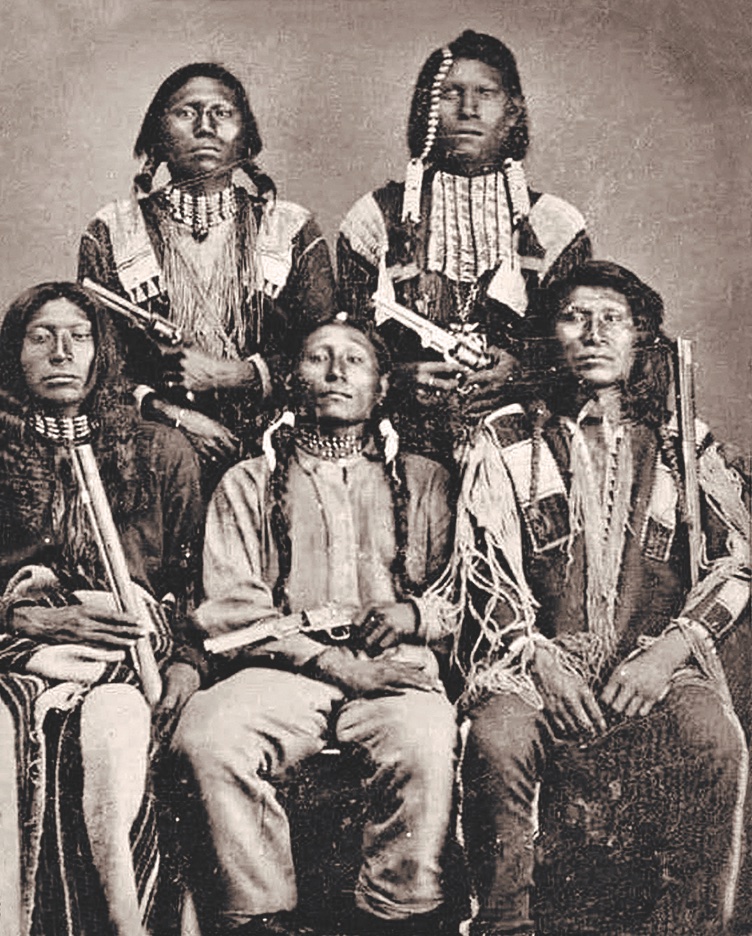
Courtesy Massachusetts Historical Society
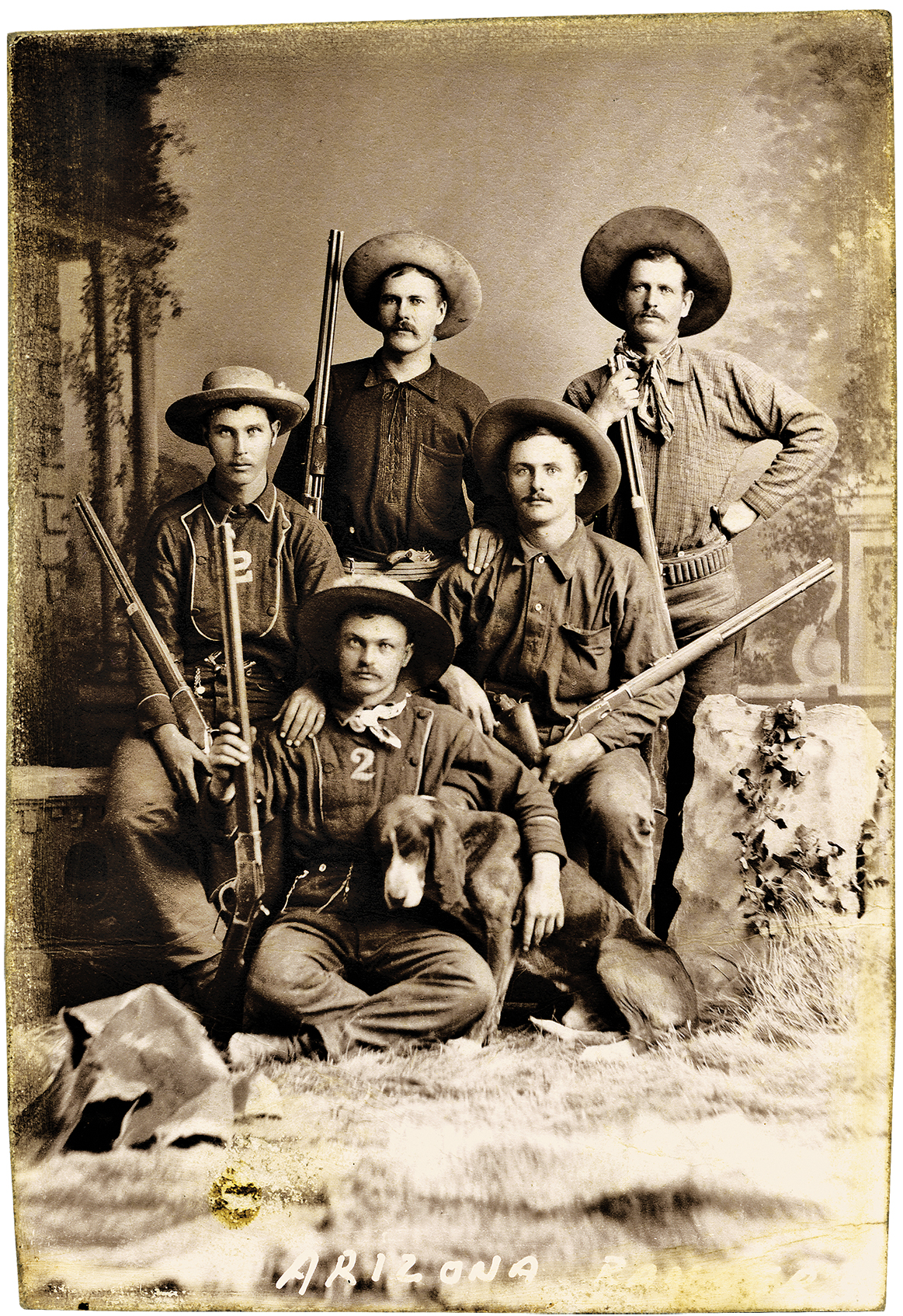
Courtesy Jeremy Rowe Collection
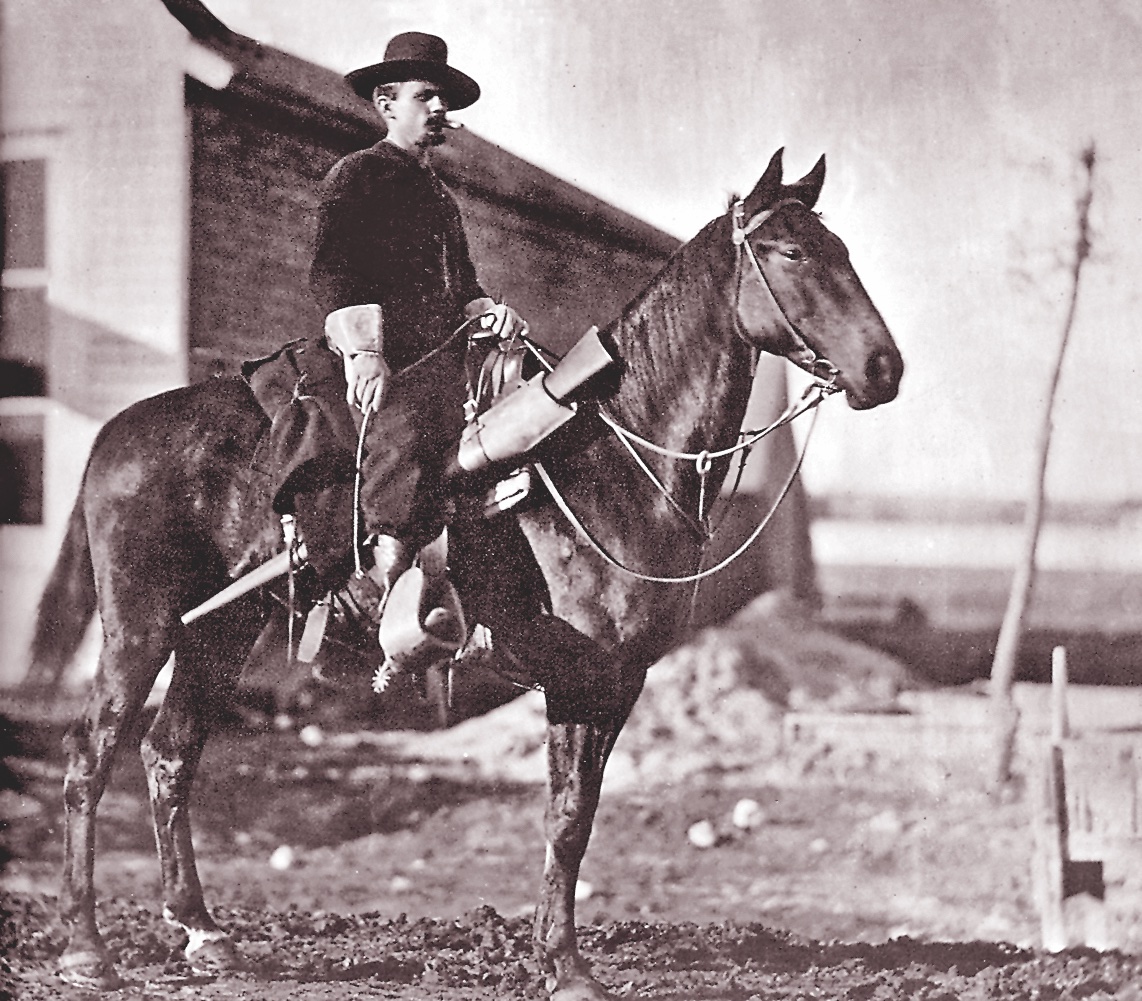
True West Archives
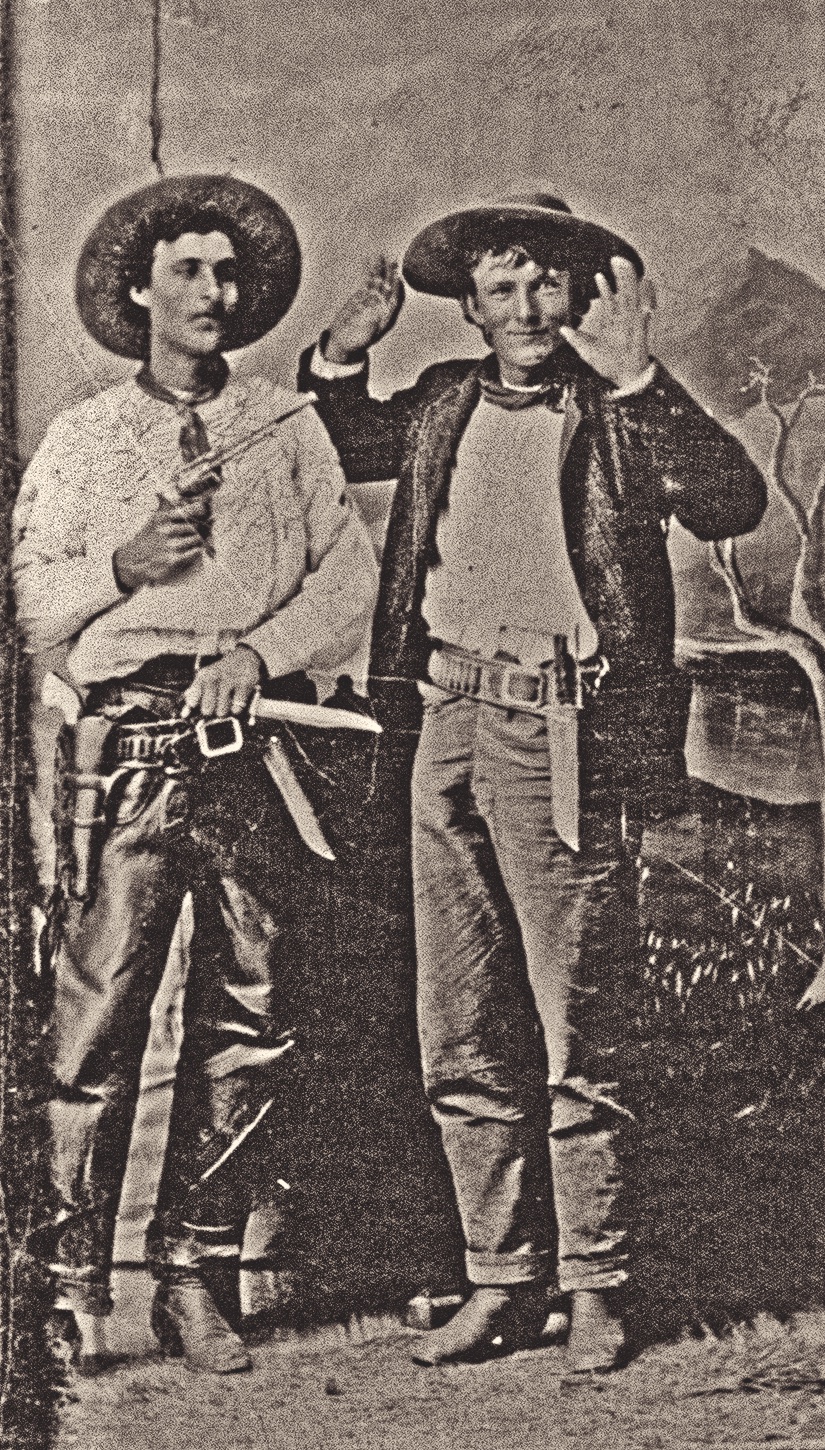
True West Archives
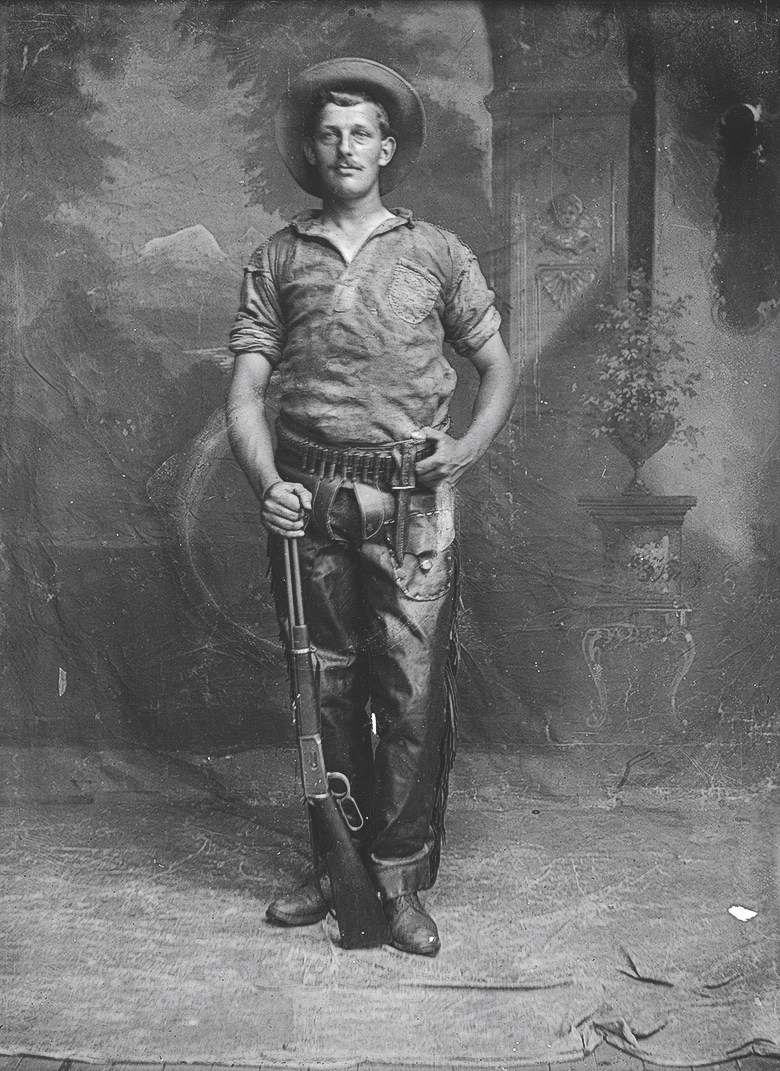
Courtesy Alberta Archives
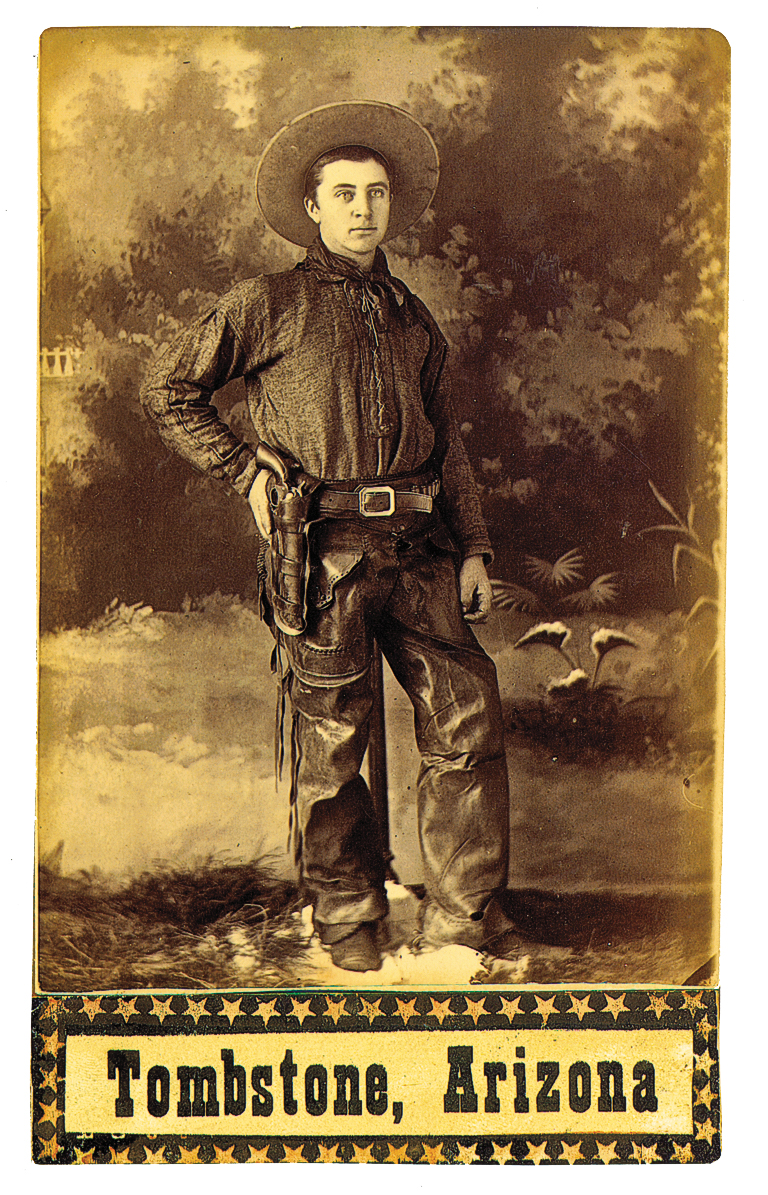
True West Archives
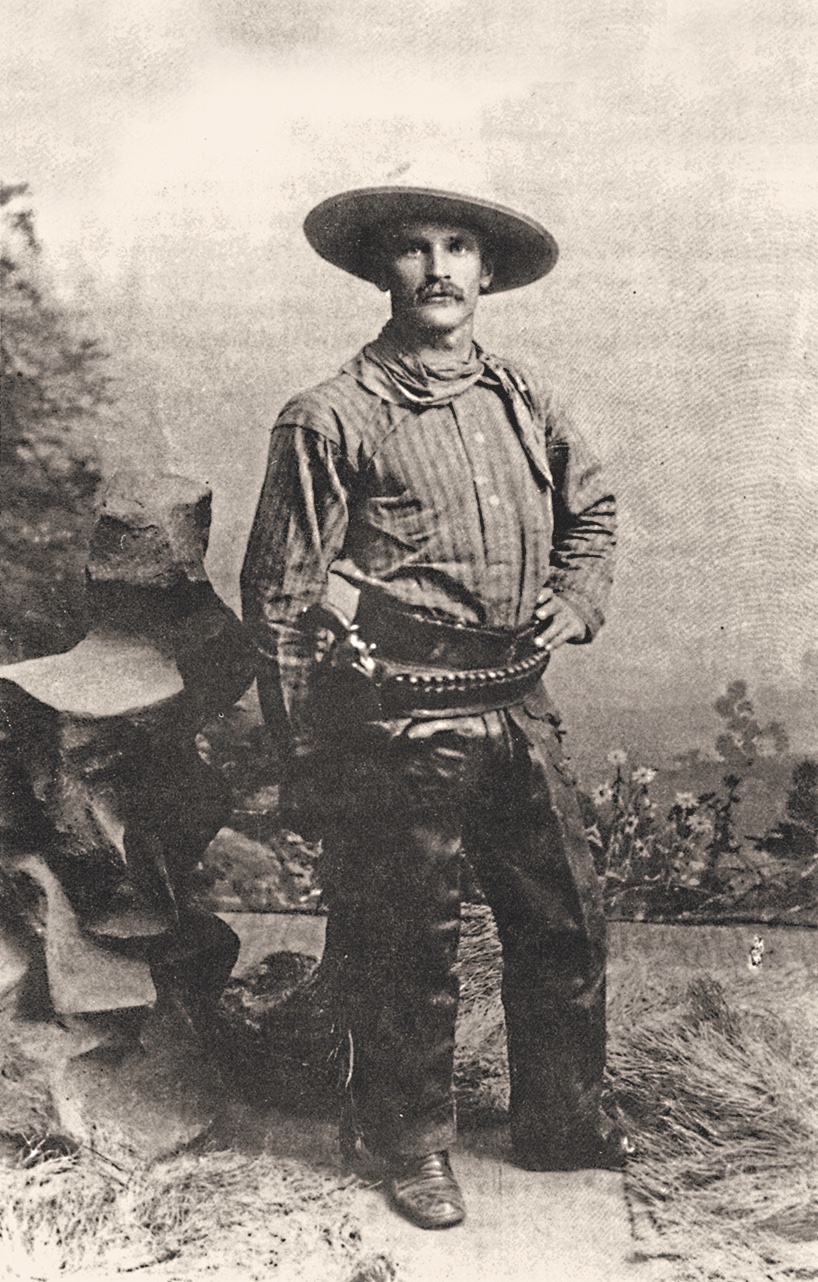
True West Archives
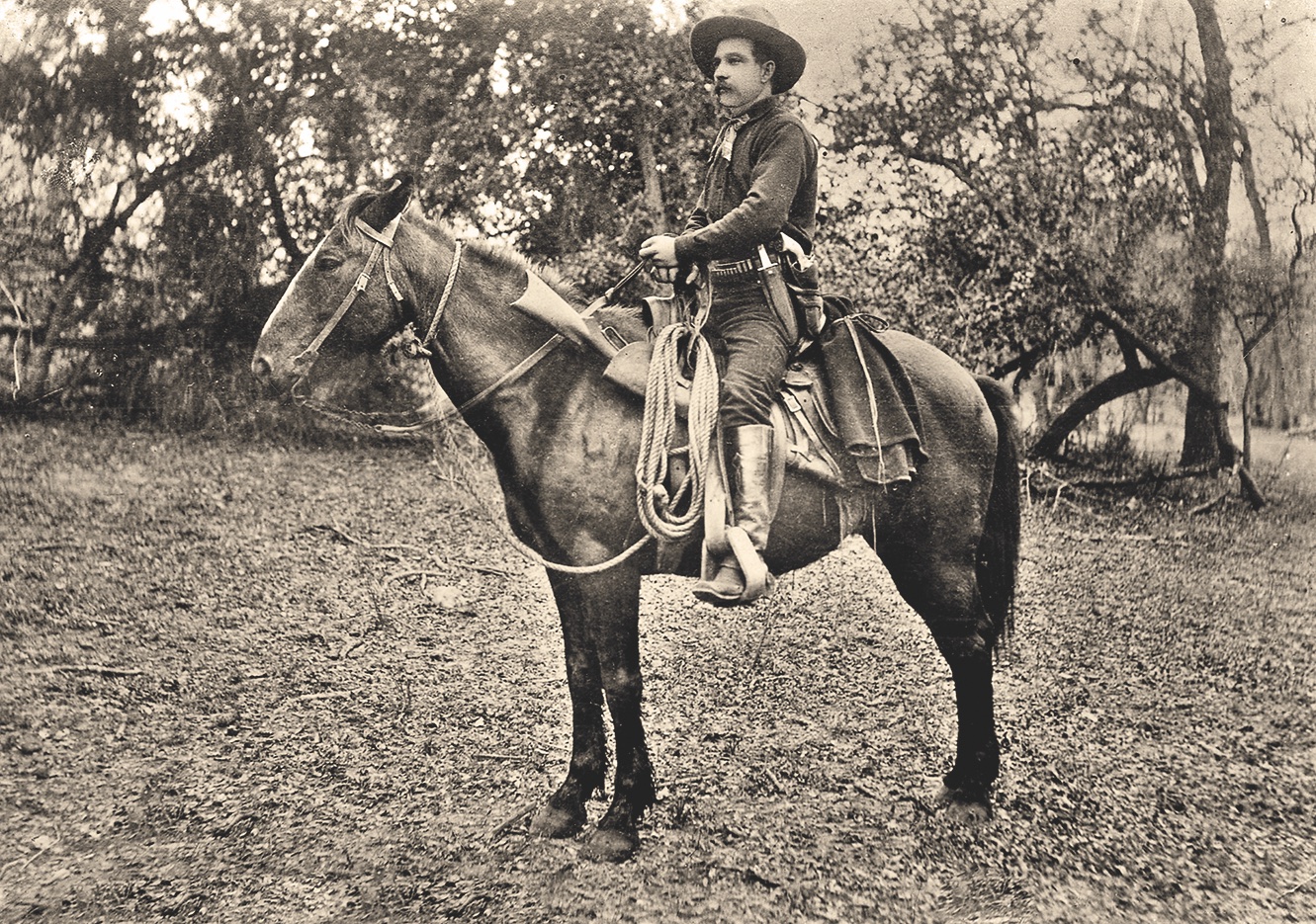
True West Archives
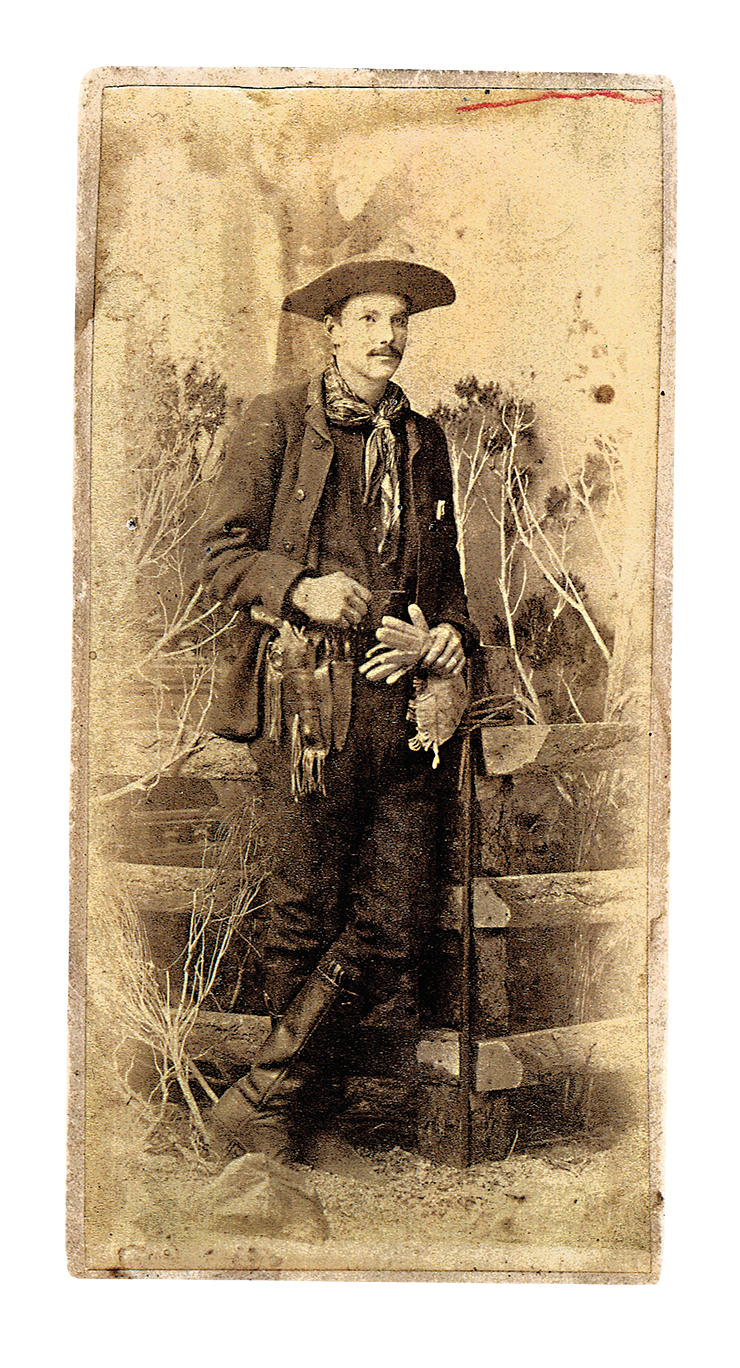
True West Archives
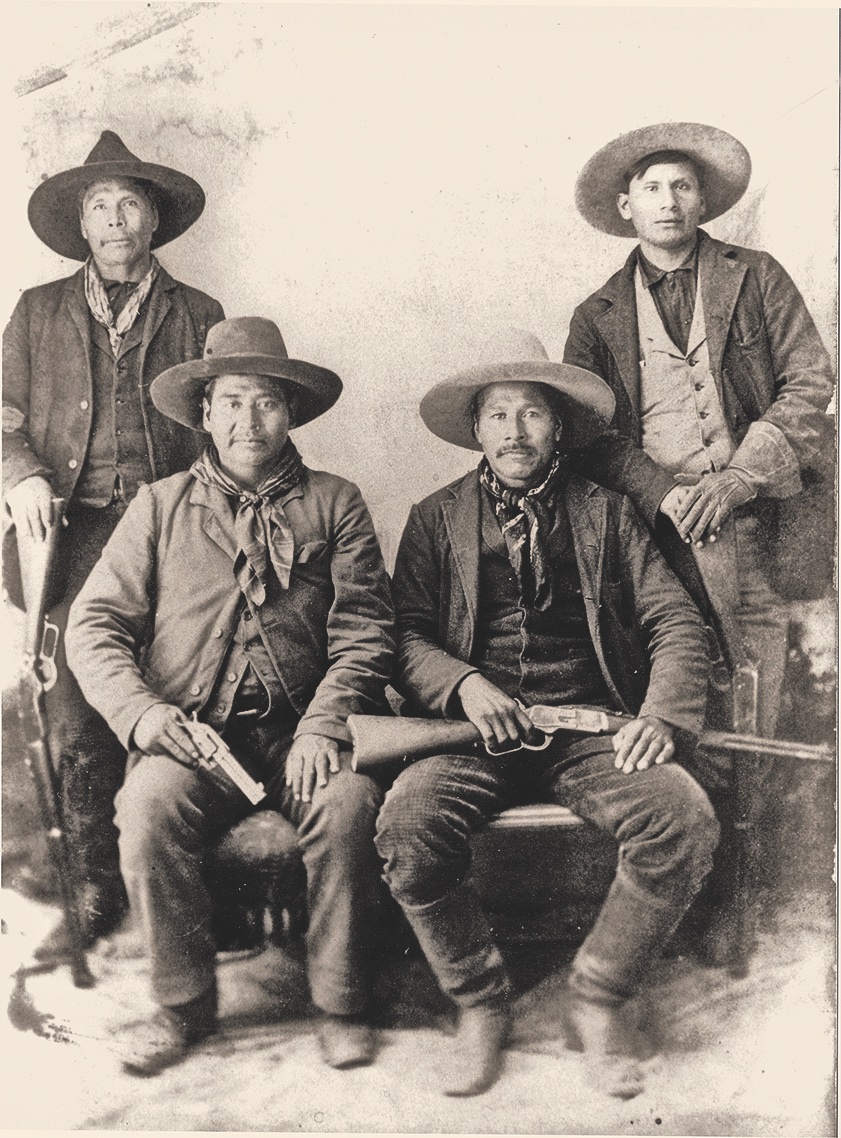
True West Archives
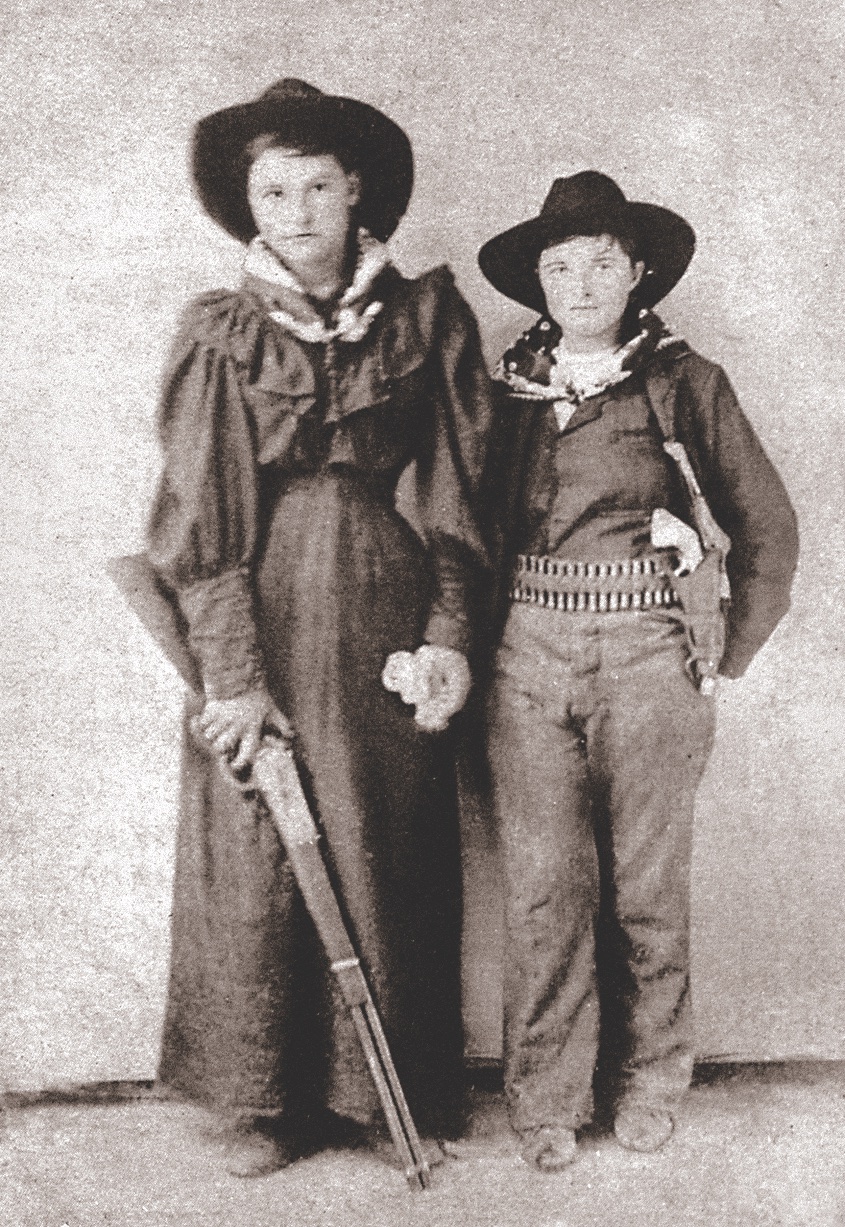
Courtesy University of Oklahoma
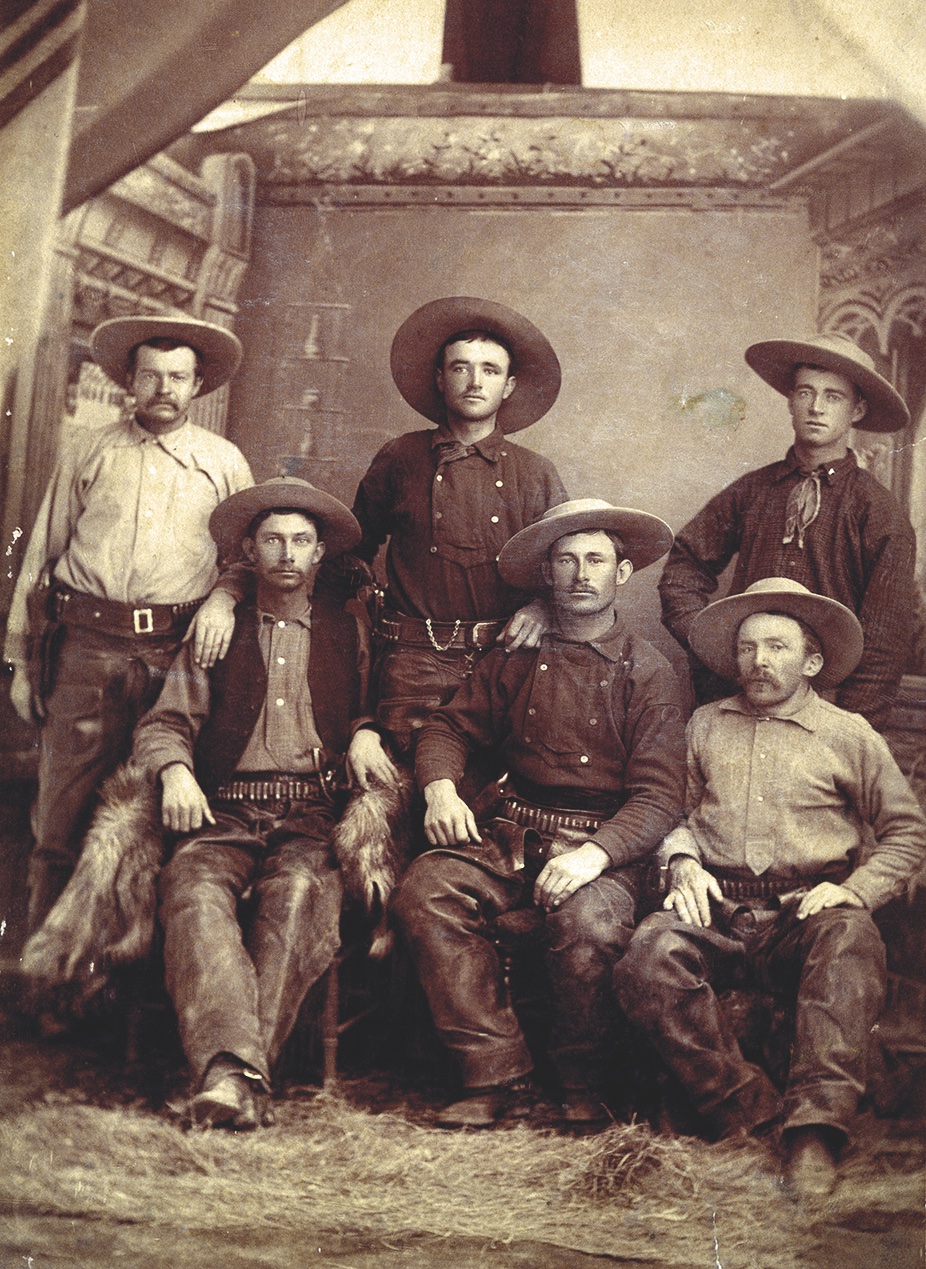
True West Archives
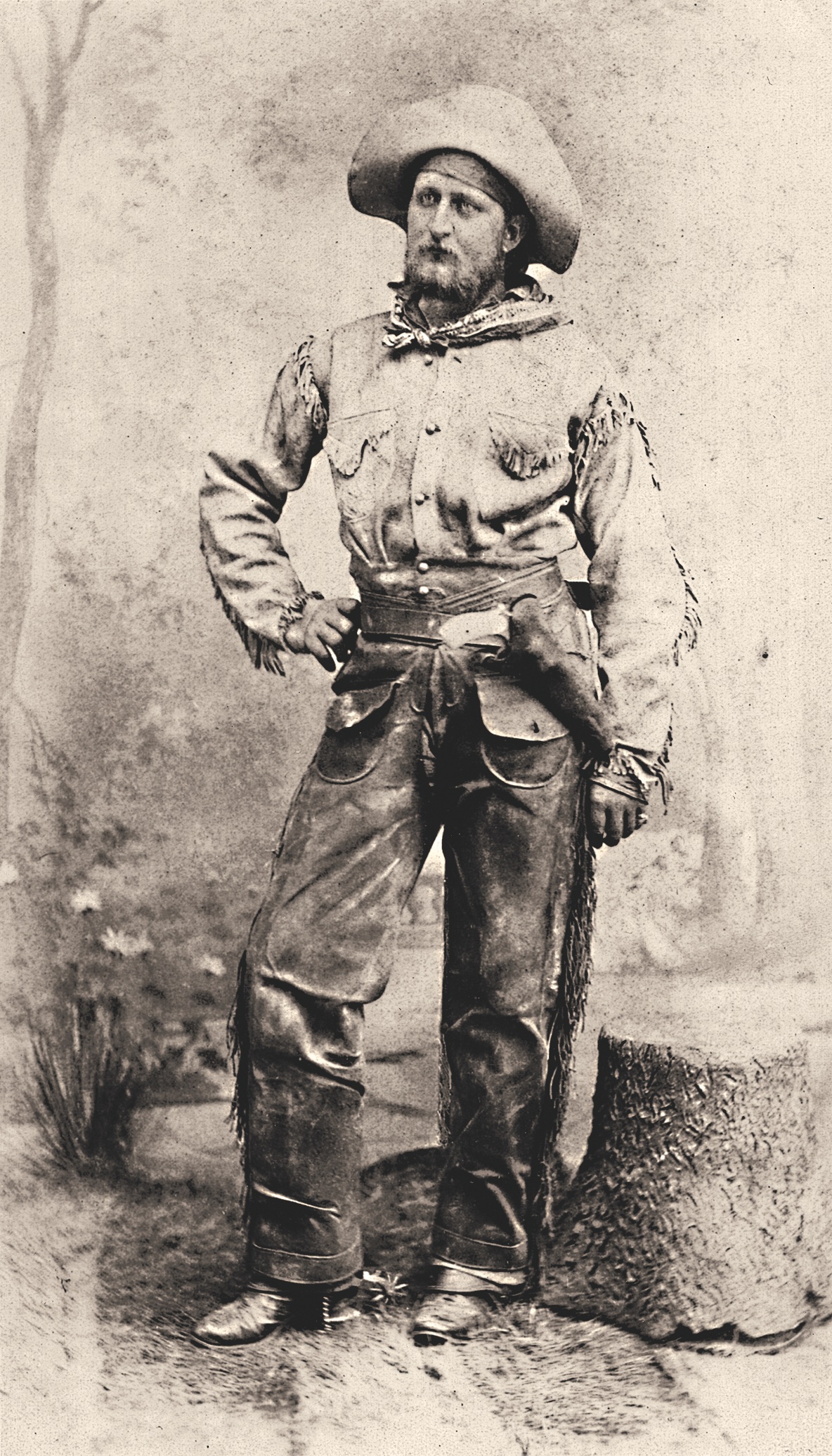
True West Archives
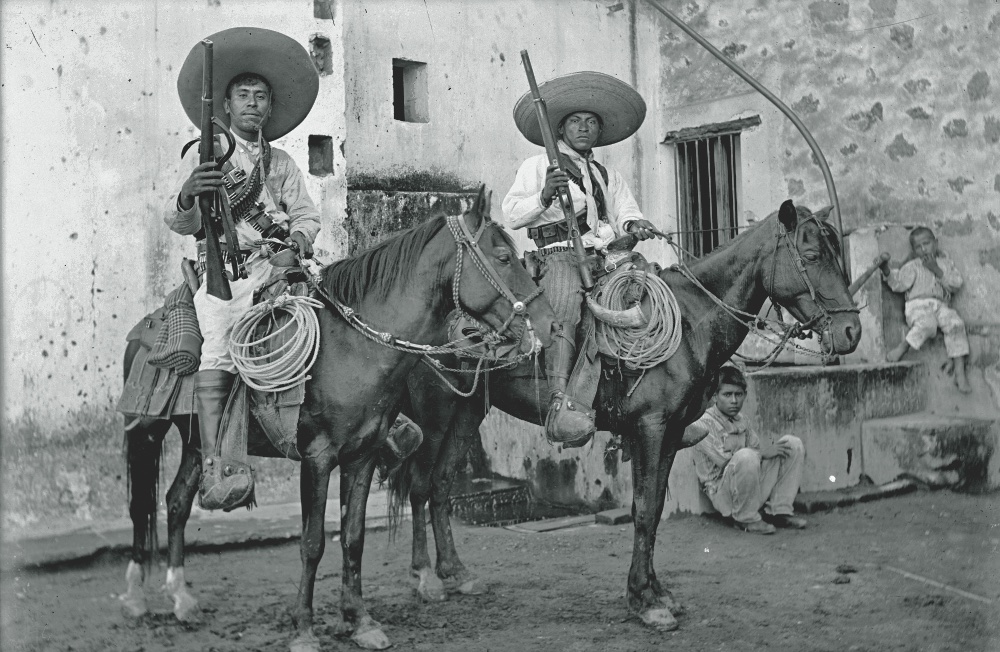
True West Archives
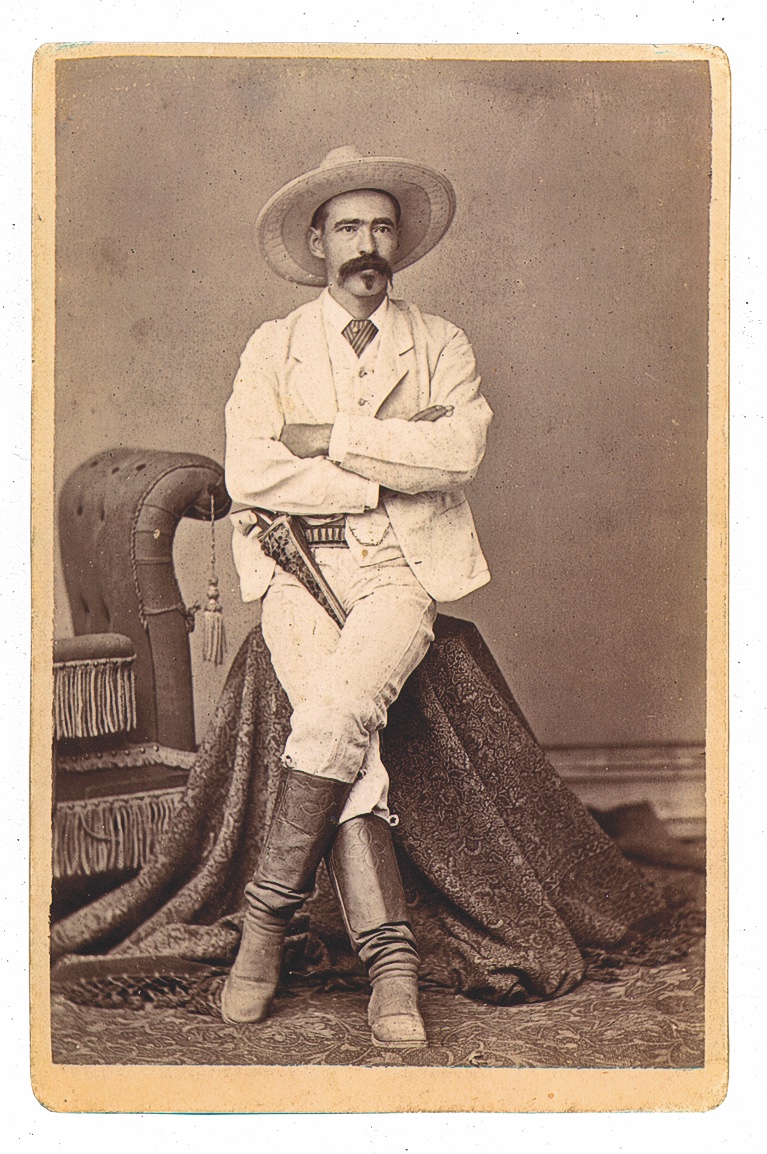
True West Archives

